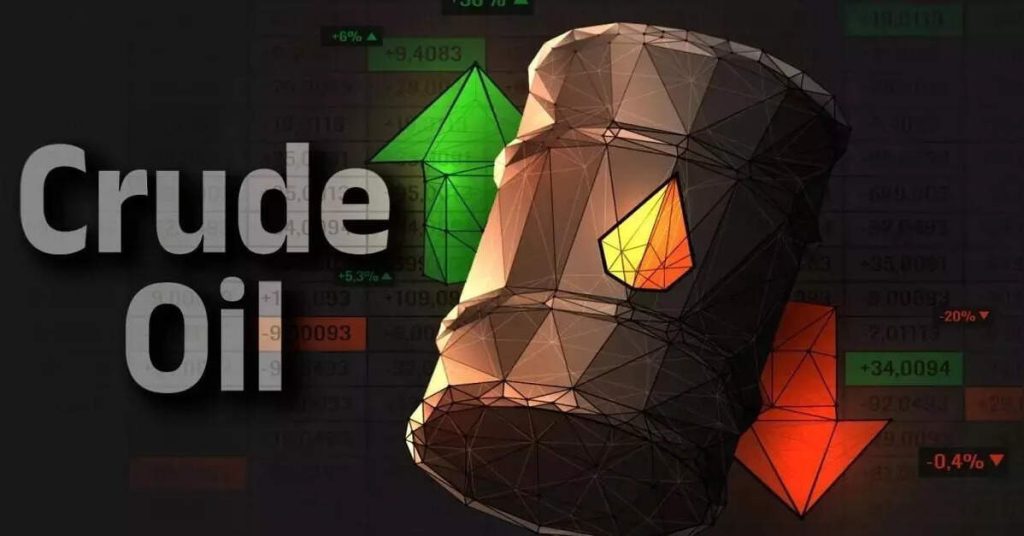
New Delhi: India is set to lead global oil demand growth and significantly expand its renewable energy base to 500 GW, even as geopolitical uncertainty, shipping realignment and energy transition reshape global energy systems, according to S&P Global Commodity Insights.
At a roundtable conference in Mumbai, experts from the firm highlighted oil market volatility, emerging trade and shipping patterns, and India’s role in global energy demand and decarbonisation.
Premasish Das, Executive Director for Oil Markets Research and Analysis at S&P Global Commodity Insights, said global oil demand growth could slow from 1.2 million barrels per day (b/d) to 0.8 million b/d in 2025 due to trade and economic disruptions. “The Trump administration’s sweeping tariffs on all trading partners have introduced significant economic uncertainty, potentially reducing global GDP growth from 2.8 per cent in 2024 to 2.2 per cent in 2025,” he said.
China and the US are expected to see the steepest demand drop, especially for diesel and jet fuel. OPEC+ had increased output by 411,000 b/d for May–July 2025, leading to a 20 per cent fall in Brent prices. Das said this output growth, driven by compliant producers, may be offset if overproducers such as Iraq, Russia, and Kazakhstan cut volumes.
Oil prices temporarily spiked above $80/b following US strikes on Iran’s nuclear sites, but later stabilised after a ceasefire. The average Brent forecast for 2025 has been raised to $68/b from $63/b, but is expected to fall below $60/b by year-end due to strong supply growth.
India is projected to lead global oil demand growth in the long term, increasing its reliance on imported crude and reinforcing the need to diversify sourcing strategies, Das added.
On trade dynamics, Rahul Kapoor, Vice President and Global Head of Shipping Research at S&P Global, said India is gaining prominence. “India stands at a critical inflection point, with immense potential to capture a greater share of global trade,” he said.
He added that India had reduced its oil import exposure to the Strait of Hormuz from around 55 per cent during 2019–2022 to 41 per cent in 2024, largely due to increased sourcing of Russian crude. He said shipping strategies must now consider geopolitical risks, sanctions, and tariff changes.
Eduard Sala de Vedruna, Head of Research for Energy Transition and Sustainability, said India’s installed renewable capacity has crossed the 200 GW mark. He said the government has now revised its 2030 target to 500 GW (including hydro), after missing the earlier 2022 goal of 175 GW.
“The country is heavily reliant on coal, which accounts for a substantial portion of its energy production. However, there is a strong push towards diversifying the energy mix,” Vedruna said. He added that in S&P’s base case, the 500 GW target may be reached by 2032.
He identified infrastructure limitations, financial stress in discoms, and regulatory hurdles as key challenges. However, he said policy support, new technologies and private investment are enabling growth in energy storage, smart grids and electric mobility.
Jenny Yang, Global Head of Power and Renewables Research, said power demand globally will rise by over 80 per cent in the next 25 years. She said renewables and batteries would make up 96 per cent of new net capacity additions until 2050 due to cost competitiveness.
In India, non-fossil fuels accounted for 47 per cent of installed capacity and 24 per cent of generation in 2024. By 2050, these shares are projected to rise to 77 per cent and 66%, respectively. However, conventional thermal power will still contribute 16 per cent to global capacity additions to maintain grid reliability.
Looking ahead, S&P said India’s energy transformation depends on improving regulatory mechanisms, encouraging public-private partnerships, and investing in R&D. The speakers also stressed the need for international cooperation to access funding and global best practices.


